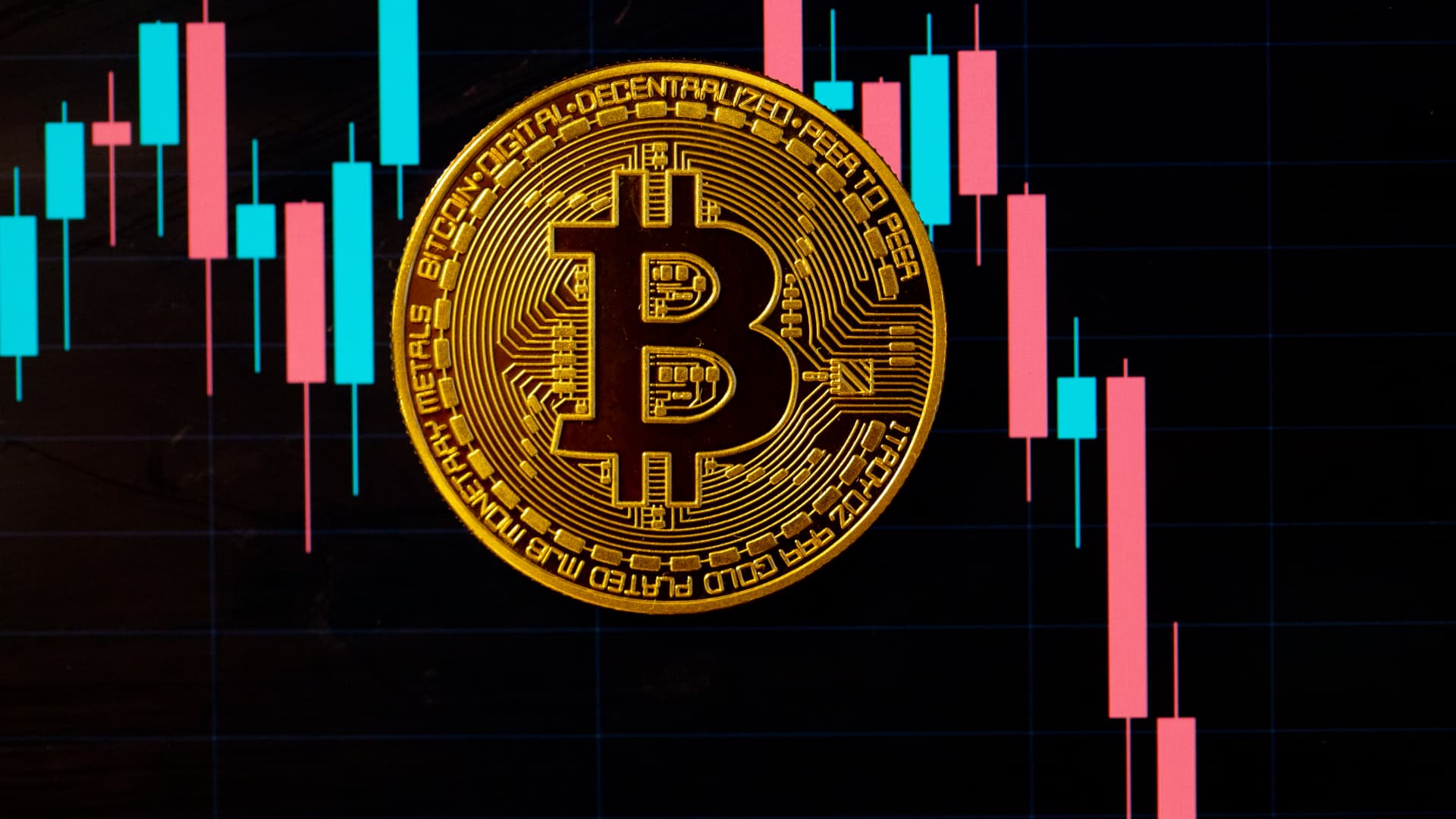
Smart Money Concepts in Bitcoin Trading: Spotting Institutional Moves
The actions of institutional investors, often known as “smart money,” can give a big advantage in the ever-changing realm of bitcoin trading. These organizations, which include financial institutions and hedge funds, have significant money, and their trading activities can affect market patterns. Individual traders can improve their trading results by spotting and matching their techniques.
Smart Money Concepts
Imaginative Money Concepts (SMC) revolve around recognizing and interpreting the actions of institutional investors in the crypto market. The core elements of SMC include:
Order Blocks: These are price zones where institutions have executed large buy or sell orders, creating areas of support or resistance. Identifying these blocks helps traders anticipate potential price reactions.
Liquidity Pools: Liquidity pools are concentrations of stop-loss orders placed by retail traders around key support or resistance levels. Institutions often target these areas to trigger stop-losses, gaining liquidity before reversing the price direction. Recognizing liquidity pools allows traders to anticipate potential price manipulations.
Fair Value Gaps (FVG): FVGs occur when the price rushes in one direction, leaving an imbalance in the market. These gaps often get filled later as the price retraces, providing potential entry points for traders.
Break of Structure (BOS): A BOS happens when the price breaches a significant swing high or low, indicating a potential shift in market direction. Recognizing BOS helps traders identify trend continuations or reversals.
Change of Character (CHOCH): CHOCH signals a potential trend reversal before a full BOS occurs. It represents a deviation from the prevailing trend, allowing traders to anticipate and react to market shifts early.
Strategies to Track and Profit from Smart Money Movements
To effectively track and profit from brilliant money activities, traders can employ several strategies:
Volume Analysis: Monitoring trading volumes helps identify institutional activities. High trading volumes accompanied by significant price movements often indicate that smart money is entering or exiting positions. For instance, a sudden surge in Ethereum’s trading volume without major news could suggest institutional accumulation.
Sentiment Indicators: Assessing market sentiment through tools like the Fear & Greed Index, social media trends, and news sentiment can provide insights into institutional positioning. For example, if the Fear & Greed Index shows extreme fear while whale accounts make significant purchases, it might present a buying opportunity aligned with smart money.
Technical Analysis: Utilizing technical indicators such as moving averages and the Relative Strength Index (RSI) and identifying support and resistance levels can help detect patterns indicative of smart money movements. For example, if Bitcoin surges through a critical resistance level on high volume, it may signal institutional buying interest.
Order Flow Analysis: Analyzing order flow provides real-time information about market activity, allowing traders to see where buy and sell orders are placed and executed. This information can be used to identify smart money’s actions and align trading strategies accordingly. Key components include order book analysis, time and sales data, and volume profile analysis.
Historical Analysis: Reviewing past market trends can offer valuable insights into innovative money behaviors. For instance, institutional interest in Bitcoin during the 2017 bull run led to significant price increases. Recognizing similar patterns in current markets can help anticipate future movements.
Identifying Smart Money Activity
Imagine a situation whereby Bitcoin’s price rises quickly from $50,000 to $52,000 and simultaneously shows a notable surge in trading volume. This spike points to institutional investors actively gathering Bitcoin. Those following this trend could expect ongoing positive momentum and match their positions with the smart money.
Conclusion
Analyzing market structures, order flows, and institutional behavior helps one to grasp and monitor bright money ideas in cryptocurrency trading. Traders can learn about institutional operations and position themselves favorably using techniques including volume analysis, sentiment evaluation, technical analysis, order flow inspection, and historical study. Nonetheless, one should approach these techniques carefully since the volatility and unpredictability of the crypto market demand cautious risk control.







